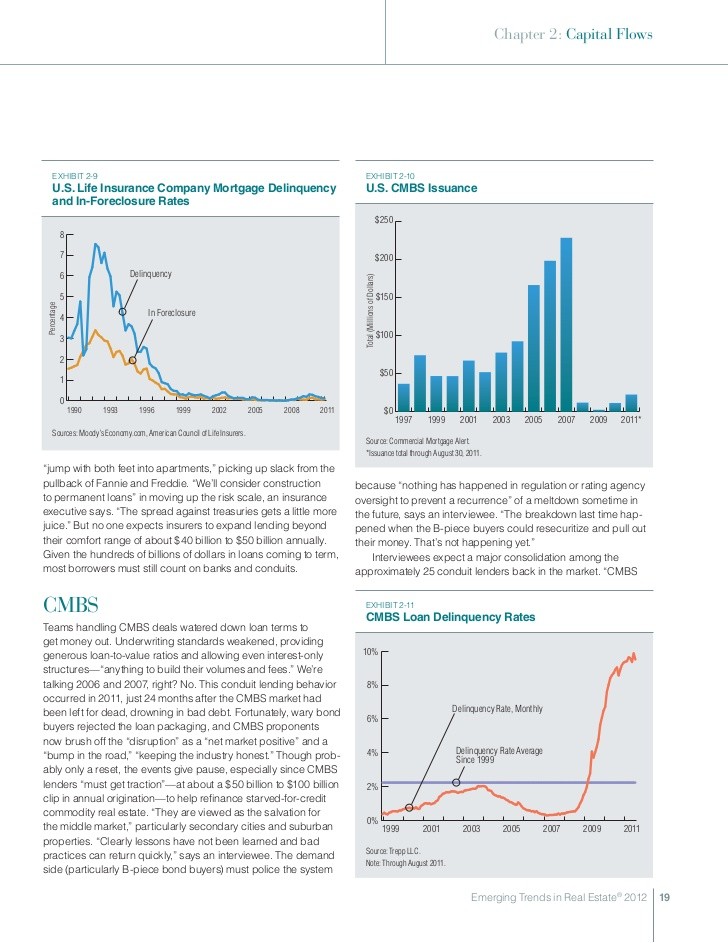The Pros & Cons of REITs v Brick & Mortar Real Estate
Post on: 16 Июнь, 2015 No Comment

Landlord Forms Library & Document Manager
Generate personalized Landlord Forms for tenants using prefilled information.
- 150+ Landlord & Real Estate Forms and growing
- Personalized for your tenants
- Forms, Addenda, Notices, and more
- Works with window envelopes
- Emailable with view tracking
Free Property Management Resources
Interested in investing in real estate, but unsure whether you should invest directly by buying a property or buy shares of a real estate investment trust (REIT)? They each have pros and cons (of course); below is the beginners comparison between each method of real estate investing.
But first, what is a REIT? Broadly speaking, REITs are securities, which are traded in financial markets, and represent companies that develop, buy, lease and/or sell either real estate ownership or mortgage notes (or both). They receive special tax benefits and must meet specific requirements in order to qualify. Investors can buy shares of a specific REIT company, or can buy into a fund (e.g. an exchange-traded fund or ETF) that holds shares in many REIT companies. For example, an REIT company might build shopping centers and lease them to retail store, and an investor who likes this industry might buy shares of this company instead of partnering with other like-minded people and building malls on their own.
Advantages of REITs
1. Smaller Up-Front Cash Requirement
Buying real estate the old-fashioned way generally requires at least $10,000 in cash per property, for down payments, closing costs, inspections, appraisals, etc. REIT investors can buy shares for, well, whatever the share price is (often as low as $25/share).
2. No Debt Necessary
Few people pay cash when buying brick-and-mortar real estate, but taking on debt has its own drawbacks and complications. And with debt comes personal liability to repay that debt, come hell or high water (the latter being a very literal risk).

3. Liquidity & Diversity
Real estate is notoriously non-liquid when an owner wants to sell a property, it might take six months or even a year. REITs, alternatively, are traded daily and shares can be bought or sold on a moments notice. And because they include many properties, a few rotten apples wont ruin the whole barrel, whereas a single real estate transaction can be fraught with disaster (e.g. the framing turns out to be rotten and must be replaced for $30,000).
4. Management Outsourced to Professionals
Investors in REITs do not need to worry about the headaches of property management, such as tenant screening, collecting rents, sending late notices and eviction notices, tracking down deadbeat tenants with no permanent phone number, going to rent court to petition for eviction, etc. Professional property managers handle the headaches, and investors need not concern themselves with these frustrating realities.
Advantages of Traditional Real Estate Ownership
1. Leverage & Amortization
With a $10,000 down payment, real estate investors can purchase a $100,000 rental property, whereas REIT investors could still only purchase $10,000-worth of shares. And who pays off that mortgage? Ideally, the tenants, as they pay down (and eventually off) the investors loan while the landlord keeps the surplus cash flow in the meantime.
2. Opacity & Control
Whos to say exactly what properties will be bought by a REIT? REITs are also more difficult to discern price versus true value than a single piece of real estate, and even price-to-earnings ratios of REITs can be misleading. Investors who control exactly what properties they purchase, and how they are improved, priced and managed, can ensure that all of these tasks are being performed competently and to the greatest benefit to the shareholder themselves.
3. Tax Benefits
Rental properties are excellent for providing tax benefits. Mortgage interest, repairs, property management fees, closing costs, insurance costs, car mileage spent visiting rental properties every conceivable cost that landlords incur can be deducted and offset the investors income (even income from other sources, such as W-2 income, or income from, say, a REIT).
4. Rents Rise, Costs Stay the Same
Remember Matthew McConaugheys infamous quote from Dazed and Confused. To modify it, rents grow higher, but monthly mortgage bills stay the same. Sure, real estate taxes and insurance may occasionally creep up, but the principal and interest mortgage payment does not. So while the rent may only be $150 higher than the mortgage payment today, in five years from now it may be $350 higher, and so on indefinitely. Aside from the obvious advantages over time, this doubles as a hedge against inflation: if suddenly the dollar plummets in value, landlords can raise their rents accordingly to maintain the same adjusted value, but mortgage payments stay exactly where they are.
Which is the better way to invest in real estate? That is for each investor to decide, based on their own circumstances and goals, but most financial analysts agree that diversity is the best hedge against disaster (something about eggs and baskets). In other words, why not invest in both?














